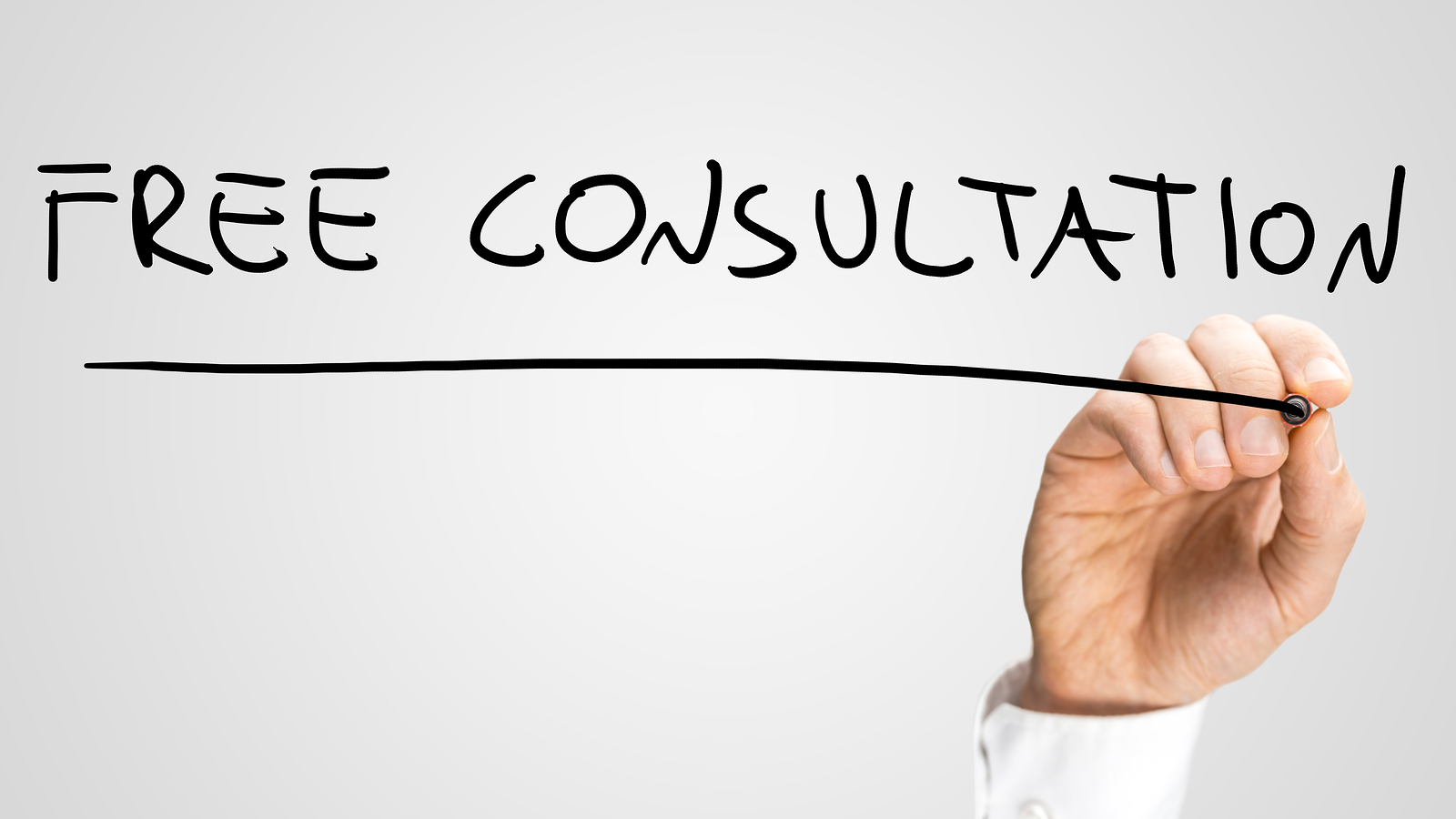Assessing Patent Value of Software Inventions
Software development can be very lucrative but it is also fraught with risks. For example, there is always the danger you won’t get paid for your invention, thanks to software piracy. Then, there is also the difficulty of valuing a software properly.
There are many reasons why it is difficult to assess the true value of a software. There is also no clarity on whether a patent will be allowed by the Patent Office (or whether the court will uphold a patent rejected by the Patent Office).
Embedded and software researchers spend a lot of time and money to develop products and if they don’t receive a patent, their efforts will be wasted. Since rights on intellectual property are the basis of innovation, rejection can affect the morale of others involved in similar research. So it is important to know how to assess if you can achieve a patent and what will be the value of such a patent. The idea of clarifying these doubts is to give embedded researchers a glimpse into what they are going to be up against when they file for patents for their inventions.
First of all, if a software invention clearly overcomes an issue in the content of a related technology, that software has the highest chance to receive a patent. Second, if you are claiming a patent for abstract ideas, it is likely to be invalidated (because it is a broad claim). Third, you are more likely to be granted a patent for your product if you explain the novel features of the product and tie it to the technology where it applicable, including hardware applications.

